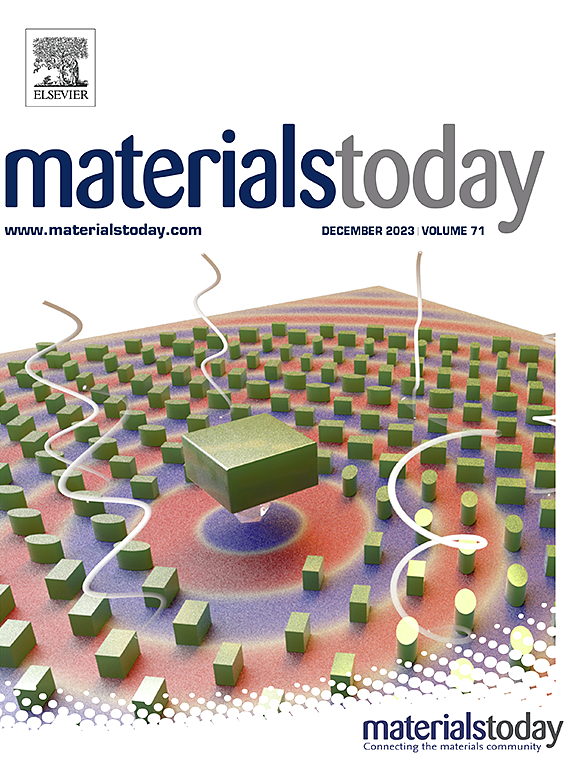Emerging colored and transparent radiative cooling: Fundamentals, progress, and challenges
IF 21.1
1区 材料科学
Q1 MATERIALS SCIENCE, MULTIDISCIPLINARY
引用次数: 0
Abstract
The worsening energy crisis and global warming have intensified interest in passive daytime radiative cooling (PDRC) technology. This technology consumes no energy and can directly dissipate heat to outer space. Despite advancements in the cooling mechanism, material design, preparation technologies, and practical applications, the traditional white or silver appearance does not meet aesthetic and functional needs, and potential light pollution limits their development. Recently, colored and transparent PDRC materials have been developed, providing solutions that satisfy aesthetic and functional requirements while delivering impressive cooling performance. This review overviews these emerging materials and strategies for colored and transparent PDRC. First, the cooling mechanism of PDRC is examined from the optics and thermodynamic perspective, and the current experimental methods for radiative cooling performance and the current state of traditional white and silver PDRC are summarized. Next, the design strategies, cooling performance, and application areas of colored and transparent PDRC are discussed in detail, and the problems existing in each type of material design are comprehensively analyzed. Furthermore, the challenges and potential research directions for the next generation of highly efficient PDRC are explored. This review aims to inspire further in-depth research into colored and transparent PDRC technology and promote its application across various fields.

新兴彩色和透明辐射冷却:基础、进展和挑战
日益严重的能源危机和全球变暖加剧了人们对被动日间辐射冷却(PDRC)技术的兴趣。这项技术不消耗能源,可以直接将热量散发到外层空间。尽管在冷却机制、材料设计、制备技术和实际应用方面取得了进步,但传统的白色或银色外观不能满足审美和功能需求,潜在的光污染限制了它们的发展。最近,彩色和透明PDRC材料已经开发出来,提供满足美学和功能要求的解决方案,同时提供令人印象深刻的冷却性能。本文综述了这些新兴材料和彩色透明PDRC的策略。首先,从光学和热力学的角度考察了PDRC的冷却机理,总结了目前辐射冷却性能的实验方法和传统白色和银色PDRC的现状。其次,详细讨论了彩色和透明PDRC的设计策略、散热性能和应用领域,并对每种材料设计中存在的问题进行了综合分析。展望了下一代高效PDRC面临的挑战和潜在的研究方向。本文旨在启发彩色透明PDRC技术的进一步深入研究,促进其在各个领域的应用。
本文章由计算机程序翻译,如有差异,请以英文原文为准。
求助全文
约1分钟内获得全文
求助全文
来源期刊

Materials Today
工程技术-材料科学:综合
CiteScore
36.30
自引率
1.20%
发文量
237
审稿时长
23 days
期刊介绍:
Materials Today is the leading journal in the Materials Today family, focusing on the latest and most impactful work in the materials science community. With a reputation for excellence in news and reviews, the journal has now expanded its coverage to include original research and aims to be at the forefront of the field.
We welcome comprehensive articles, short communications, and review articles from established leaders in the rapidly evolving fields of materials science and related disciplines. We strive to provide authors with rigorous peer review, fast publication, and maximum exposure for their work. While we only accept the most significant manuscripts, our speedy evaluation process ensures that there are no unnecessary publication delays.
 求助内容:
求助内容: 应助结果提醒方式:
应助结果提醒方式:


